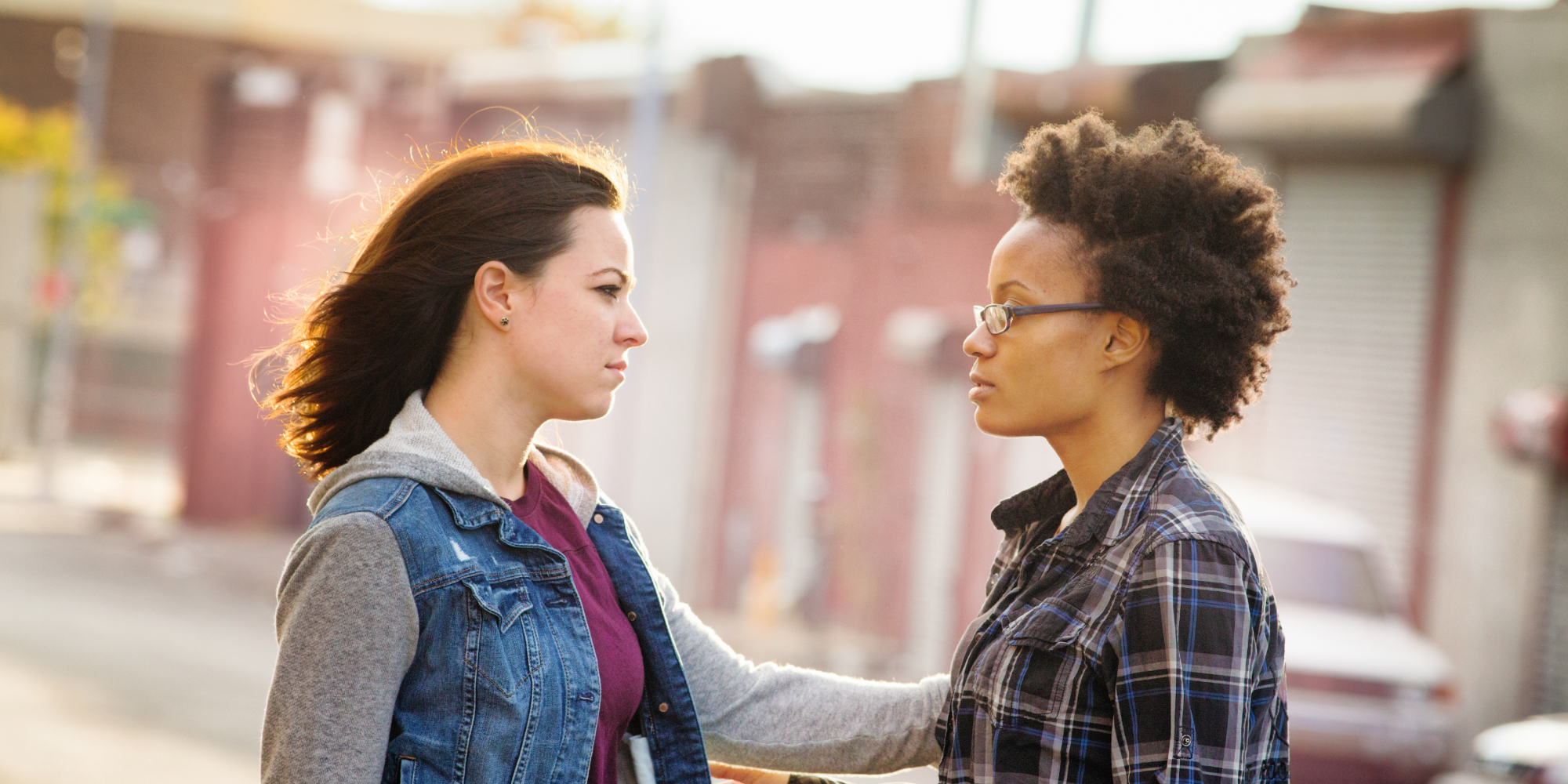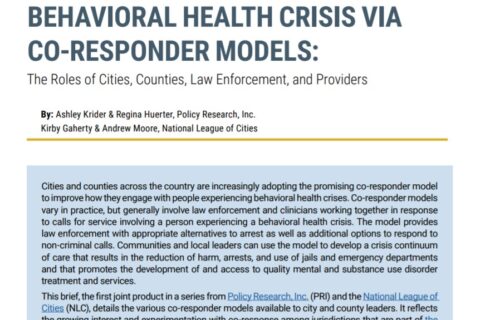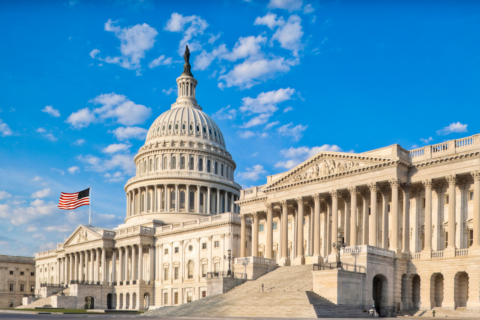Written with support from Candace Hanson (Canopy Mental Health & Consulting) and Gina Obiri (City of Minneapolis Department of Performance Management and Innovation).
A Shift Toward Appropriate Response
In cities across the country, police, fire and EMS have historically been the first responders to almost all calls for service. After the murder of George Floyd in 2020, cities began to consider appropriate responses to the calls that come through their 911 systems each day. While civilian responses have existed in many forms for decades, interest in, attention to, and replication of non-police response options have increased drastically in recent years due to publicized deaths of civilians at the hands of police.
In cities like Albuquerque, Philadelphia and others — an intentional use of city responses that deflect individuals experiencing mental health or substance use concerns from law enforcement encounters have proven successful. In addition, models like CAHOOTS in Eugene, Oregon, highlight the ways in which cities — in collaboration with community mental health providers — can stand up sustainable alternatives to traditional responses. As a means to uplift and support local innovation in response, the Vera Institute of Justice released a Civilian Crisis Response Toolkit that outlines a variety of models and considerations for an effective, equitable alternative/appropriate response programs.
The Minneapolis Behavioral Crisis Response
In Minneapolis, long before the world was watching — in 2019 — a workgroup was formed to create recommendations for alternatives to police response to certain 911 calls. Conversations, surveys and workshops centered the voices of residents and shed light on the hesitancy to call 911/the police for situations involving mental health or non-violent incidents (particularly for Black and Brown residents). The result of these conversations was a set of recommendations to pilot several non-police response programs in the city.
The team at the Office of Performance and Innovation or OPI (now the Department of Performance Management and Innovation) took the lead in ensuring that as these pilots were designed, community members -particularly BIPOC residents — were involved in every step of the process. This inclusive design model is thoughtful, intentional and at the core of the work of the OPI team in every venture.
While not the only non-police response option in the city, the Behavioral Crisis Response (BCR) pilot is one outcome of the inclusive design process. The BCR, launched in 2021, was not openly embraced at its onset. In fact, public and political rhetoric did not make for an easy reception across the city. As is the case with many civilian response models, concerns about the safety of responders, the cost to taxpayers, the association with public safety budget changes and the general fear of something ‘new’ were all apparent in news cycles and public discourse. However, the team at OPI and their partners at Canopy Roots were persistent in their efforts to provide appropriate response options to those dealing with mental health crises across the city and worked intensively to dispel myths and rumors through action.
A key component in the BCR is ensuring that culturally competent, non-uniformed, trusted responders are deployed (via Canopy Roots) — a route that not all cities take in their response options but one that was imperative for Minneapolis. By selecting a community partner to lead the work on the ground and not city employees/typical first responders (fire, EMS, etc.), the city removed some of the barriers that exist due to distrust of government entities.
What is Canopy Roots?
Canopy Roots is an innovative mental health organization offering culturally affirming unarmed first responder services to people in crisis via 911. They promote safety for people in crisis by providing emotional de-escalation strategies, crisis intervention support, and connection to appropriate resources. Crisis Responders are members of the communities they serve, reflecting the wide range of cultural and racial identities and experiences of the people who need services the most.
Over time, opponents and critics of the BCR have had no choice but to embrace it and in some cases, sing its praises. Despite starting small and navigating the personnel challenges, the BCR has become a beacon of hope to residents that once felt a call to 911 could result in criminal charges, harm or worse. Key success measures include:
- Response to more than 7,000 incidents in the first year
- Expansion to 24/7 service
- Reception in every precinct and ward in the city
- Zero incidents of violence against responders
Replication and Adaptation of Response Models
As cities consider more appropriate response models, the BCR in Minneapolis can provide a framework for success — even in the face of public/political opposition. While each city and community is different, through inclusive and thoughtful design, new structures that put the needs of those in crisis first, are possible. Successful response programs/models center community, incorporate cultural competency and are fully supported by city government while being led by teams with the appropriate trust and connection to residents.
Key factors/considerations that drive how cities make decisions about what type of response model they can replicate or adapt include:
- Political will and buy-in
- Is city leadership on board and fully invested?
- Funding/Investment
- Is the city funding the program? Philanthropy? Both?
- Community advocacy and support
- Has the community been consulted, included and centered?
- Local mental health resources/capacity
- What local mental health partners can support/lead the response?
- Cross-sector collaboration
- Are all parties working together and collaboratively supporting appropriate response options for those in crisis?
As municipalities face struggles with police recruitment and retention, even those that may not have considered civilian response as an option before, should be looking to find new solutions that embrace appropriate responses to crises. When doing so, the inclusive design process modeled by Minneapolis, is one that could yield positive outcomes and supports to the many people in cities struggling with mental health or other crises.








